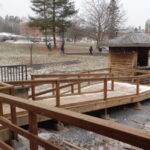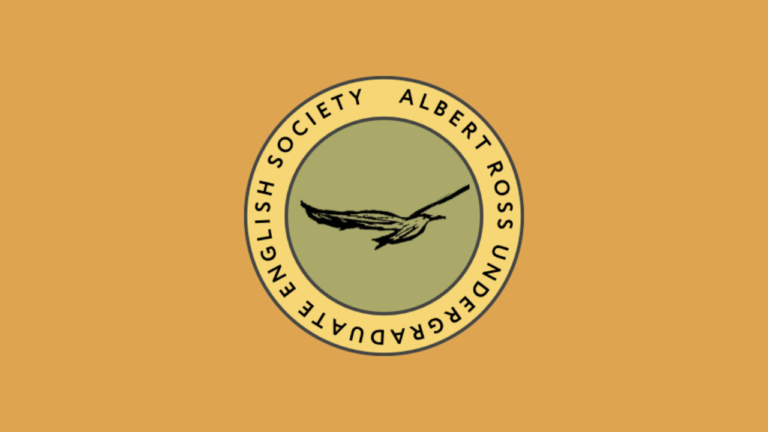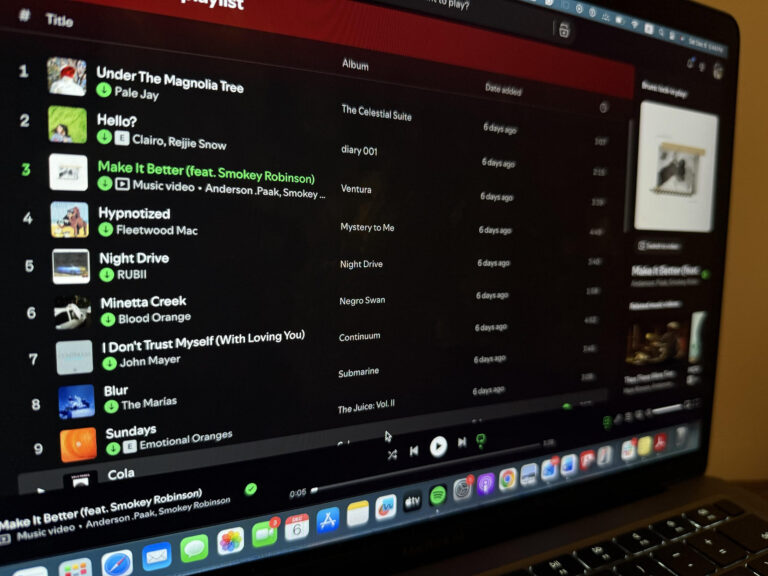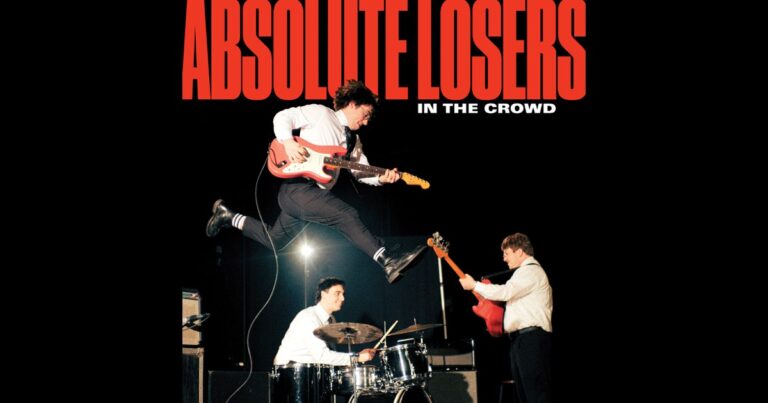By Alex Prong As the first semester of the school year wraps up, many students are beginning to think about what they might do over the winter break with something they haven’t had for months: free time. In a techno-culture that consistently encroaches on the leisure time of the individual, what are you doing to …
Time? For Free? In This Economy?

By Alex Prong
As the first semester of the school year wraps up, many students are beginning to think about what they might do over the winter break with something they haven’t had for months: free time. In a techno-culture that consistently encroaches on the leisure time of the individual, what are you doing to snatch back moments for activities that make you feel more…you?
In the field of social science, leisure time has multiple contested definitions. It could refer to any residual time available outside of productive and maintenance activities (a.k.a. nonwork time), or it could refer more specifically to the positive experiential state of leisure, which comes from the essence of activities that are freely chosen and intrinsically rewarding (Perkins & Nakamura 141). So a crucial element of leisure time is that it is free and freely chosen. In fact, the positive experience of leisure time is directly correlated with our ability to choose the activities that speak to our sense of selfhood. But what does it mean to freely choose in a media environment where our attention is for sale?
Connected to the idea of leisure time is the concept of the experience of flow, a state of being that comes from deep absorption in a given activity and involves a bunch of positive features.
In flow state one experiences:
- The past and future recede — total attention on the activity
- Action and awareness merge as sense of self bonds to the activity
- Loss of self-consciousness
- Sense of control
- Distorted sense of time (time may stand still or slow, or one may lose track of time)
- Value of the activity for its own sake (Perkins & Nakamura 143; emphasis added).
Students may claim scrolling on a favourite social media platform as their ideal leisure activity. Many Gen Zs have claimed “Bed Rotting” as a form of self-care (Hui) and the doom scroll certainly distorts one’s sense of time. However, when compared with the other tenets of flow state, particularly loss of self-consciousness and sense of control, scrolling is a much more mixed emotional experience than the leisurely ideal. And of course, it is impossible to value the activity of scrolling for its own sake when social media companies have already valued your attention — valued every tap, blink, and lingering glance.
Even aside from choosing which activities are done in free time, the student of today is constantly having their free time encroached upon. The University of Guelph suggests that undergraduate students should spend approximately 10-12 hours per week on coursework and studying for each course. That means full-time students have approximately 50-60 hours of work per week. That number grows for graduate students where the number of courses is lower but the workload is significantly higher. And all this is before considering work that might actually make students money (part-time or full-time jobs, “side-hustles,” etc.) and maintenance activities like laundry, food preparation, and sleep. This heavy schedule, along with technology that makes it possible that students could be working at any hour of the day, creates what Jonathan Crary calls a “24/7 temporality.” The interminable “non-time” of capitalism sneaks ubiquitous consumerism into every minute it can, making true free time a disappearing commodity.
A note on the side hustle, consider this: what are you doing with your time outside of work/necessity that is just for you? It can be tempting, once you’ve found your new and beloved hobby, to want to monetize it. Especially given the apparent ease with which one can set up a social media account and share their art or gym routines or game rankings or creative process or skill progress with others. These videos abound on the internet as do videos about turning your hobby into a side hustle. This is a quick and easy way to take the free out of free time. The flow state is more difficult to achieve when money is involved: self-consciousness, lack of control, and a sense of timeliness all creep back in.
So how do we put the free back in free time?
Ideally, if you can, prioritize it. Leisure can provide two very different kinds of positive results: a state of relaxed receptiveness or a state of engagement in action, either physically or mentally (Perkins & Nakamura 142). Finding hobbies that can fulfill both types of result (like yoga, which relaxes while being physically engaging) is an efficient way to get in your free time fix. But there is something to be said for taking the inefficient route in leisure. If you truly don’t know where to start when it comes to making free time for yourself, you could pick an activity for each type of state of mind — one that relaxes you and one that requires active engagement. I also like to have both a hobby that is social and a hobby that is done alone. If you can find something you like to do that has a set schedule (ie. a weekly knitting group or monthly book club) it can be easier to fit into a jam-packed student schedule since you can plan for it in advance. I also like to put leisure activities into my to-do lists so that they are prioritized alongside schoolwork and chores. You need every sort of activity (work/leisure/biological imperatives) to build a life.
University students inherently are in a transitional process of becoming as we prepare for life after school. The habits we create in our schedules here will influence the lives we build as we move into the next stage of adulthood. Though it may feel extra difficult to fit free time in now, this is the ideal time to try new things, to find activities that bring you joy and cost you little or nothing. (Reminder: even though Big Hobby would have you believe you need all the finest equipment, brand new and sparkly, to begin a new free time pursuit, this is not true! Many hobbies have lower cost options. If you are getting involved in a new hobby for the first time ask yourself: can I rent, borrow, or buy pre-owned equipment? Is there an option at the library or makers’ space where I can use the materials I need for free? Is there a public (read: free) option for the thing I want to do? Can I find free tutorials online rather than paying for instructions or classes? Is there a way I can make what I already own work for what I want to do?). Remember, your life is a non-virtual version of The Sims. Customize the crap out of it!
Ultimately, in late-stage capitalism where productivity is king and everything is for sale, making space for free time in your daily life is an act of resistance. The flow state is waiting for you — go on out there and find it.
References
Crary, Jonathan. 24/7: Late Capitalism and The Ends of Sleep, Verso, 2014.
Hui, Alyssa. “What is ‘Bed Rotting’? Gen Z’s Newest Self-Care Trend, Explained.” health.com, 20 May 2024, https://www.health.com/what-is-bed-rotting-trend-7561395.
Perkins, Kim and Jeanne Nakamura. “Flow and Leisure.” Positive Leisure Science: From Subjective Experience to Social Contexts, Springer Science, 2013, pp. 141-157.
University of Guelph. “Master Time Management.” University of Guelph, 27 Aug 2024, https://guides.lib.uoguelph.ca/MasterTimeManagement/EstimateStudyTime#:~:text=How%20much%20time%20do%20you%20need%20to%20study%3F,midterms%2C%20exams%20and%20project%20deadlines.
Keep in touch with our news & offers
Subscribe to Our Newsletter
Thank you for subscribing to the newsletter.
Oops. Something went wrong. Please try again later.






